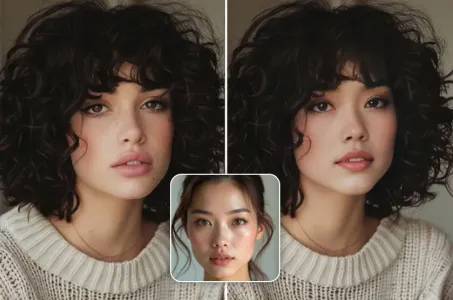HRGGR, The image is a detailed view of H.R. Giger's biomechanical tableau


오늘은 자극적인 이야기를 하고 싶어, 올래?
HRGGR, The image is a detailed view of H.R. Giger's biomechanical tableau \" Vlad Tepes \" plate, featuring The composition of Vlad Tepes shows an environment worked out in a way to give the impression of three dimensions. Group of three elongated humanoid figures with angsty face expressions omething that looks like a vast walnut is being broken open at the base of the picture. There are tall shadowy figures with ribbed serpentine bodies, one on the left is armed with a cross shaped spike, while the swirling forms of the river and the fog add a touch of dynamism and chaos. The use of a limited color palette, primarily shades of gray and black, contributes to the overall sense of foreboding and mystery. These structures could be overgrown with fleshy, organic forms, suggesting decay and corruption. Color Palette: A monochromatic palette of dark grays and blacks would create a sense of foreboding and mystery. Consider adding subtle hints of red or green to highlight certain details or to evoke a sense of decay. Lighting: Use dramatic lighting to create a sense of depth and atmosphere. A single, harsh light source could cast long, distorted shadows, adding to the overall sense of unease. Symbolism and Storytelling: The Curse: The skeletal figure could be depicted in a state of torment, perhaps clawing at its own flesh or contorted into an unnatural position. This could symbolize the physical and psychological suffering caused by the curse. The Labyrinth: The labyrinthine network of tubes and pipes could represent the labyrinthine nature of the curse itself, trapping the victim in an endless cycle of suffering. The Unmaskable: The figure's face could be obscured by a mask or a veil, symbolizing the hidden nature of the curse and its enduring power. Sharp focus on foreground elements illustration. Deep and delicate DOF. Big painting. Stored in Louvre masterpiece, ooze soaked pajama top
프롬프트
Copy prompts
HRGGR, The image is a detailed view of H.R. Giger's biomechanical tableau \" Vlad Tepes \" plate, featuring The composition of Vlad Tepes shows an environment worked out in a way to give the impression of three dimensions.
Group of three elongated humanoid figures with angsty face expressions
omething that looks like a vast walnut is being broken open at the base of the picture.
There are tall shadowy figures with ribbed serpentine bodies, one on the left is armed with a cross shaped spike, while the swirling forms of the river and the fog add a touch of dynamism and chaos. The use of a limited color palette, primarily shades of gray and black, contributes to the overall sense of foreboding and mystery. These structures could be overgrown with fleshy, organic forms, suggesting decay and corruption. Color Palette: A monochromatic palette of dark grays and blacks would create a sense of foreboding and mystery. Consider adding subtle hints of red or green to highlight certain details or to evoke a sense of decay. Lighting: Use dramatic lighting to create a sense of depth and atmosphere. A single, harsh light source could cast long, distorted shadows, adding to the overall sense of unease. Symbolism and Storytelling: The Curse: The skeletal figure could be depicted in a state of torment, perhaps clawing at its own flesh or contorted into an unnatural position. This could symbolize the physical and psychological suffering caused by the curse. The Labyrinth: The labyrinthine network of tubes and pipes could represent the labyrinthine nature of the curse itself, trapping the victim in an endless cycle of suffering. The Unmaskable: The figure's face could be obscured by a mask or a veil, symbolizing the hidden nature of the curse and its enduring power. Sharp focus on foreground elements illustration. Deep and delicate DOF. Big painting. Stored in Louvre masterpiece, ooze soaked pajama top
정보
Checkpoint & LoRA
0개의 댓글
0
1
0










